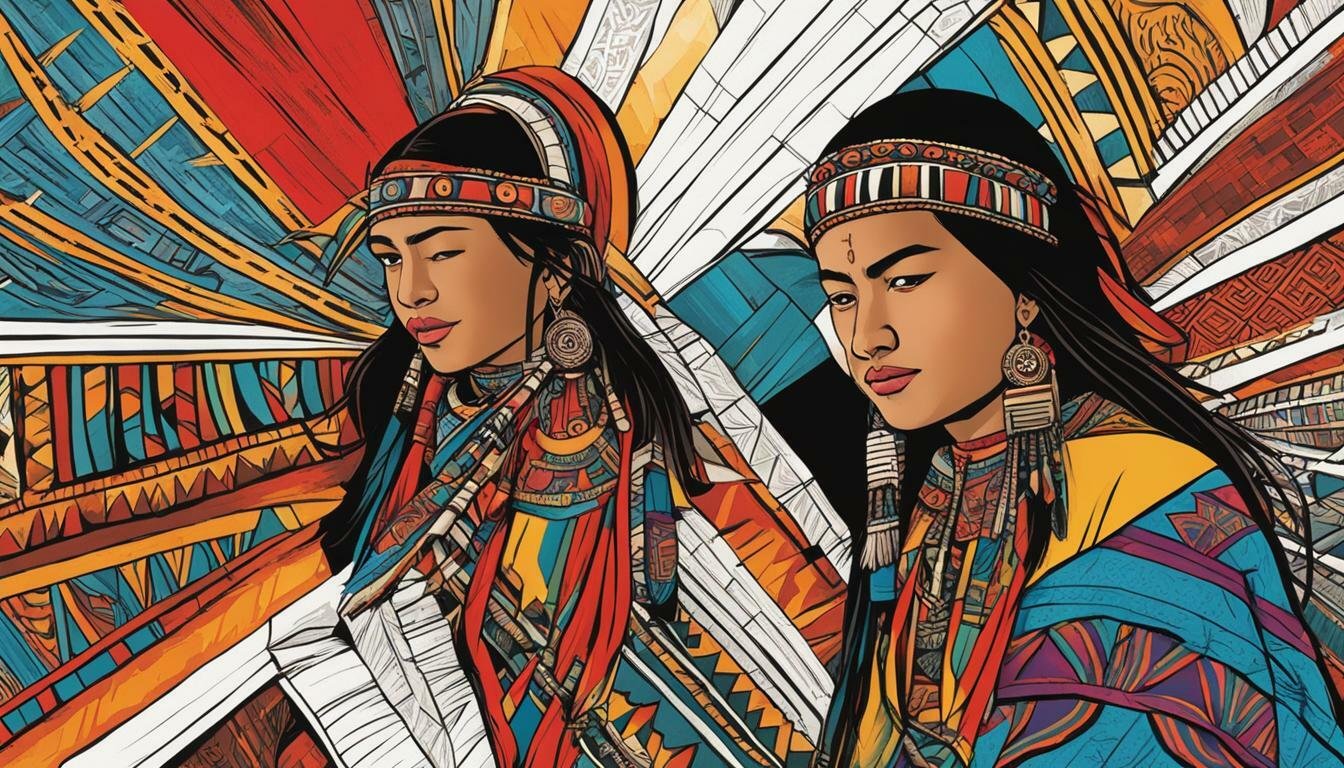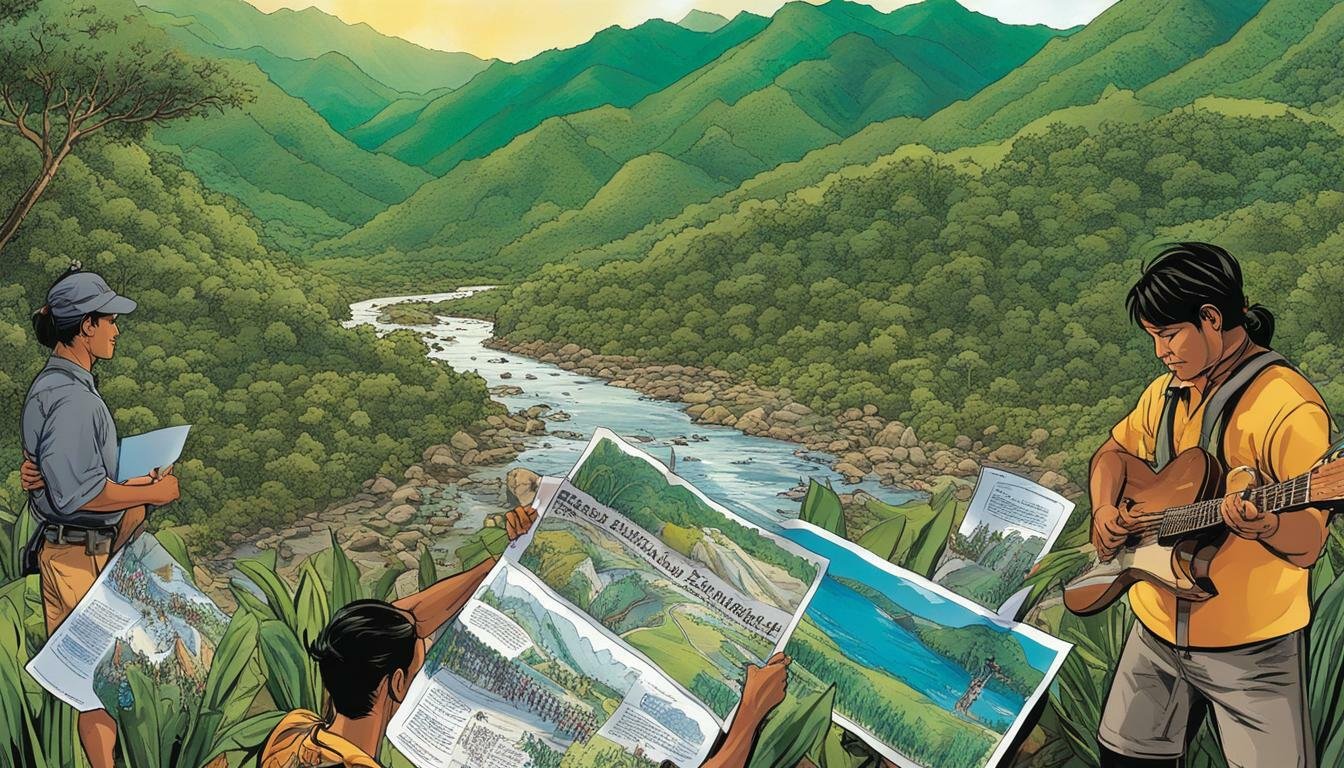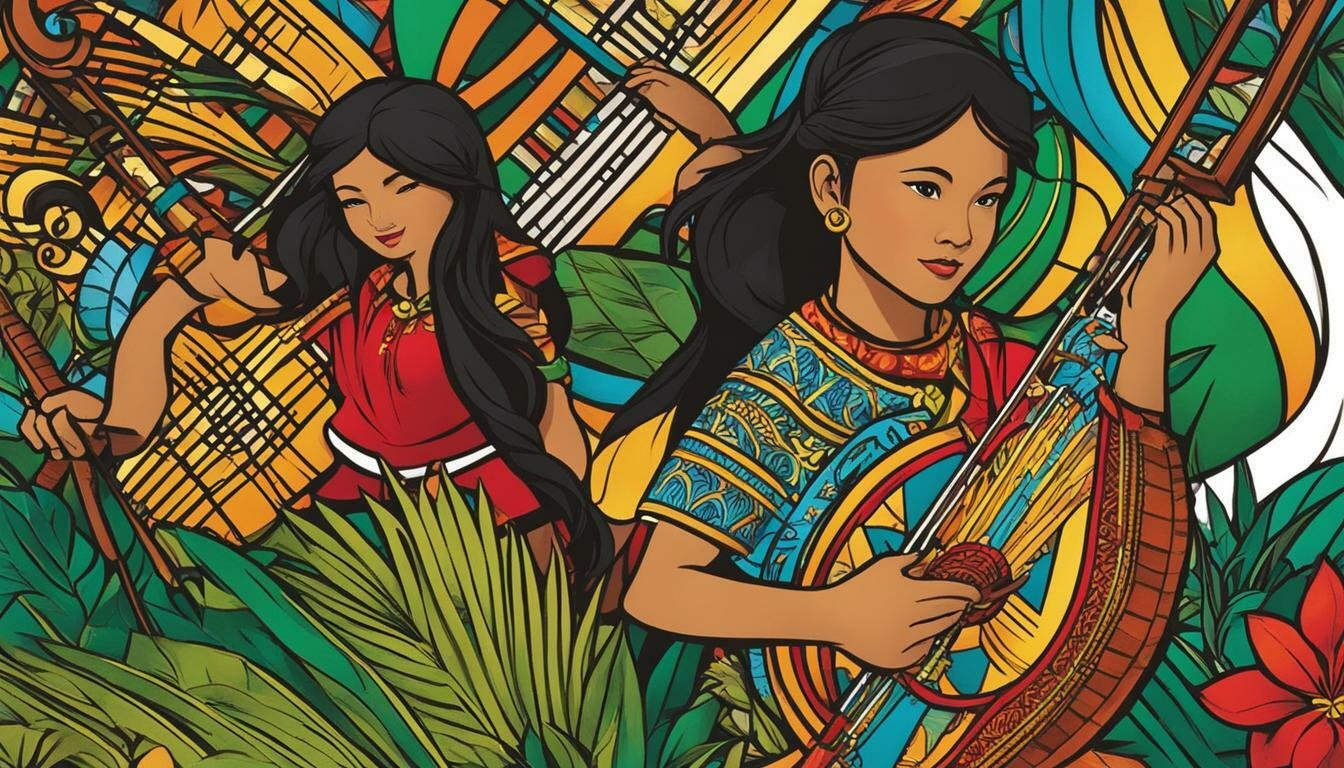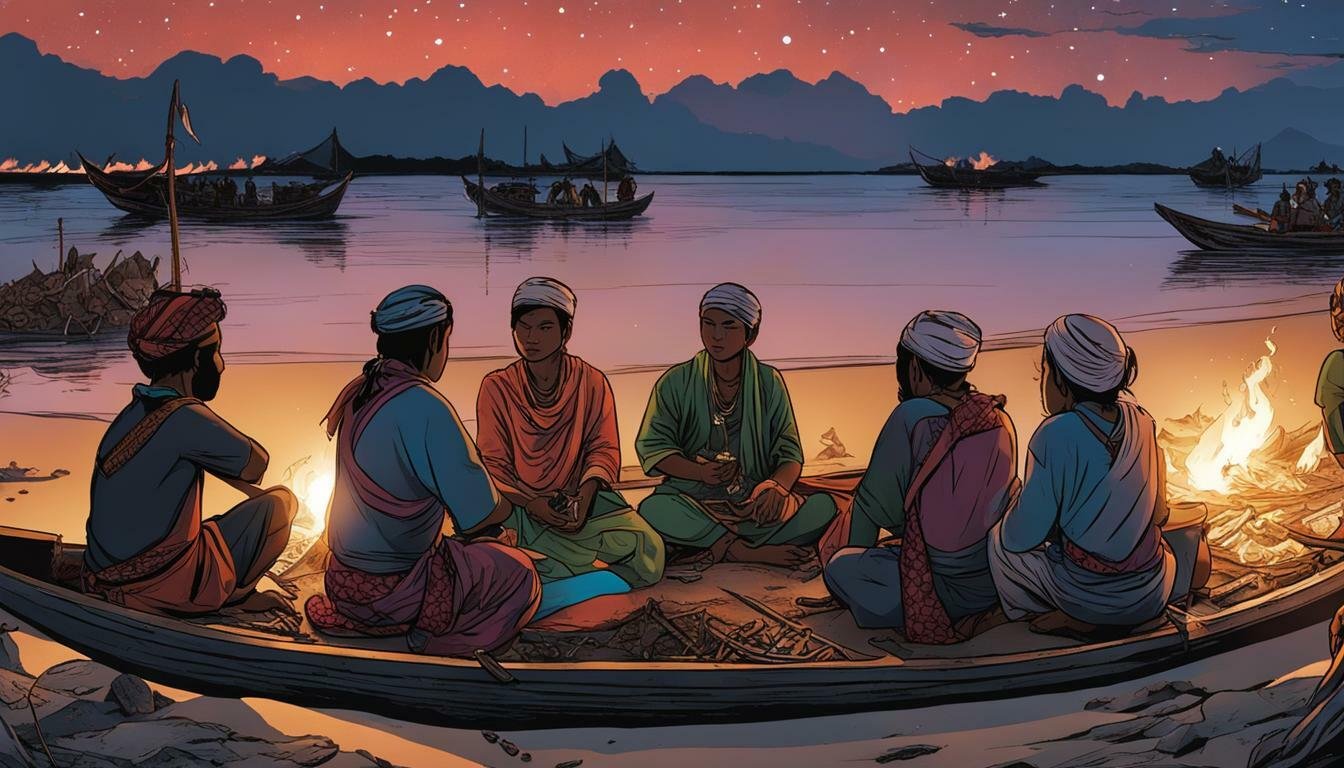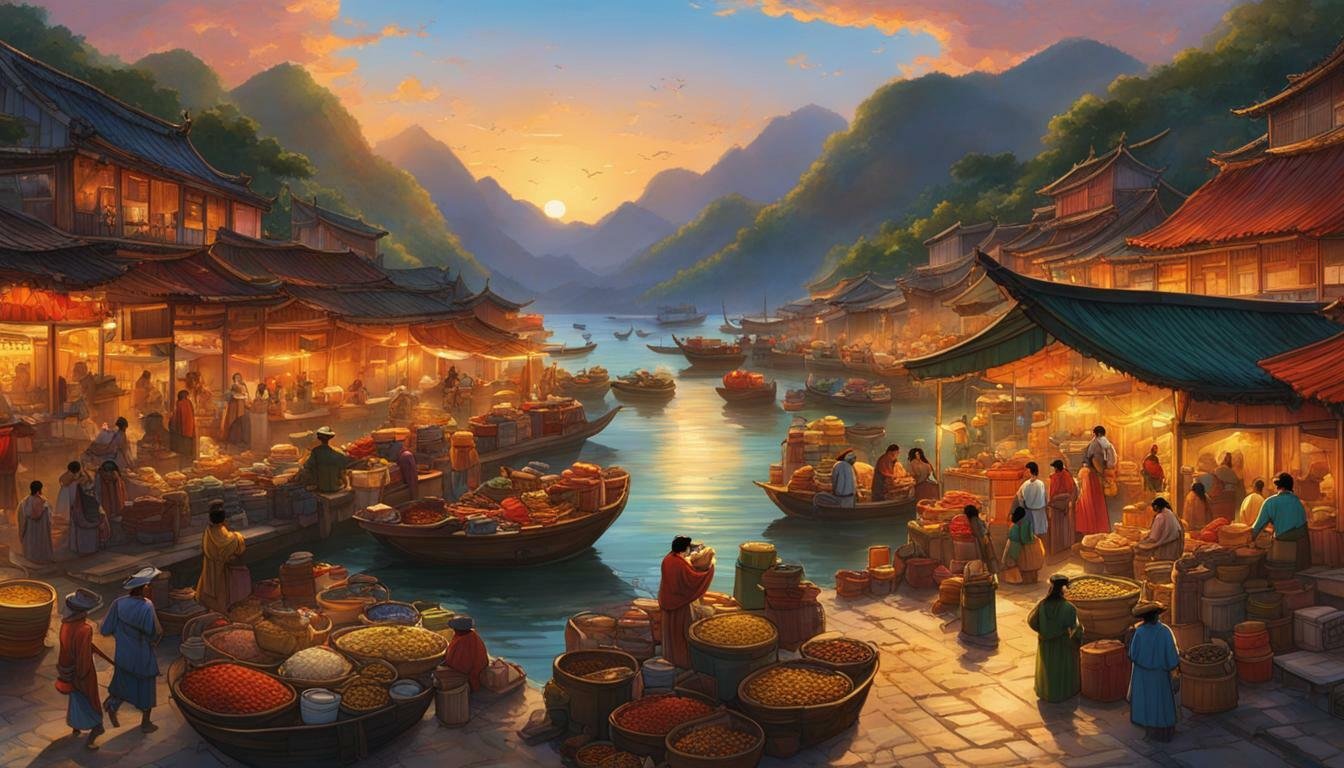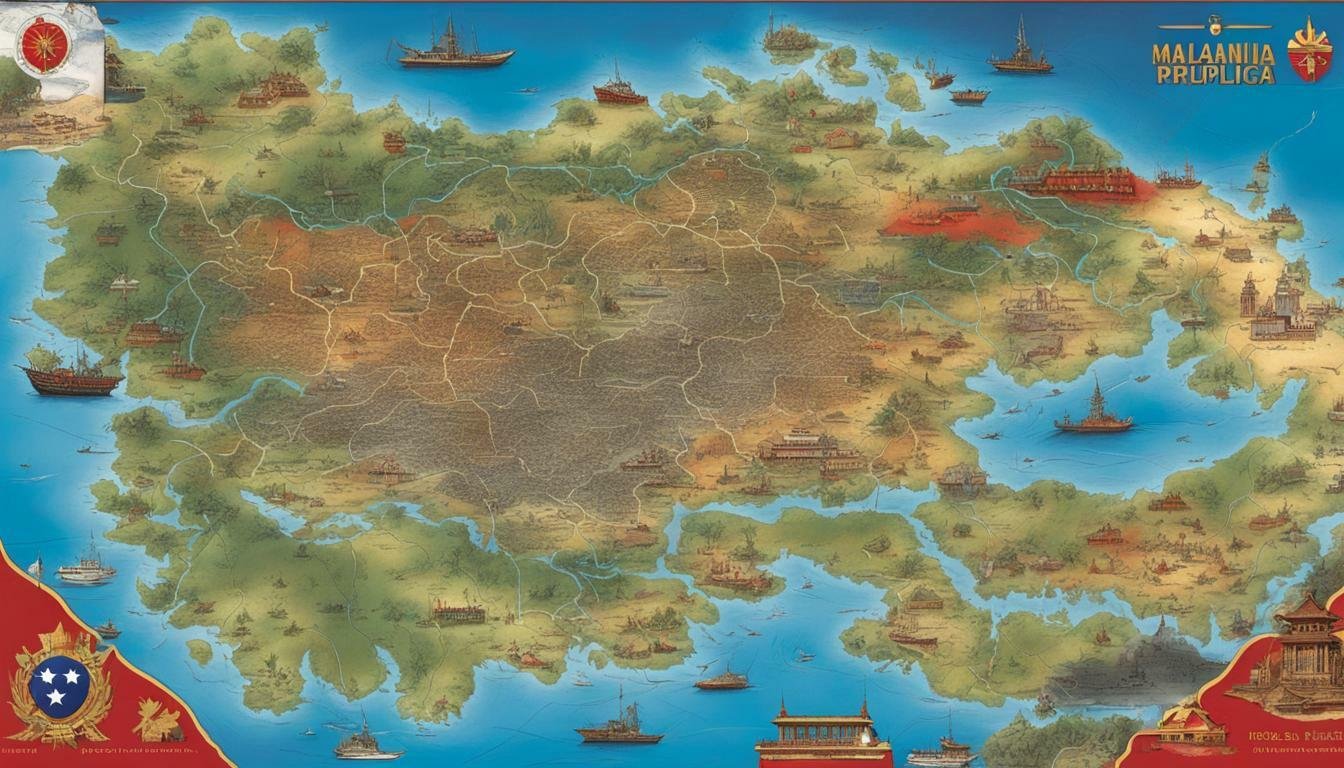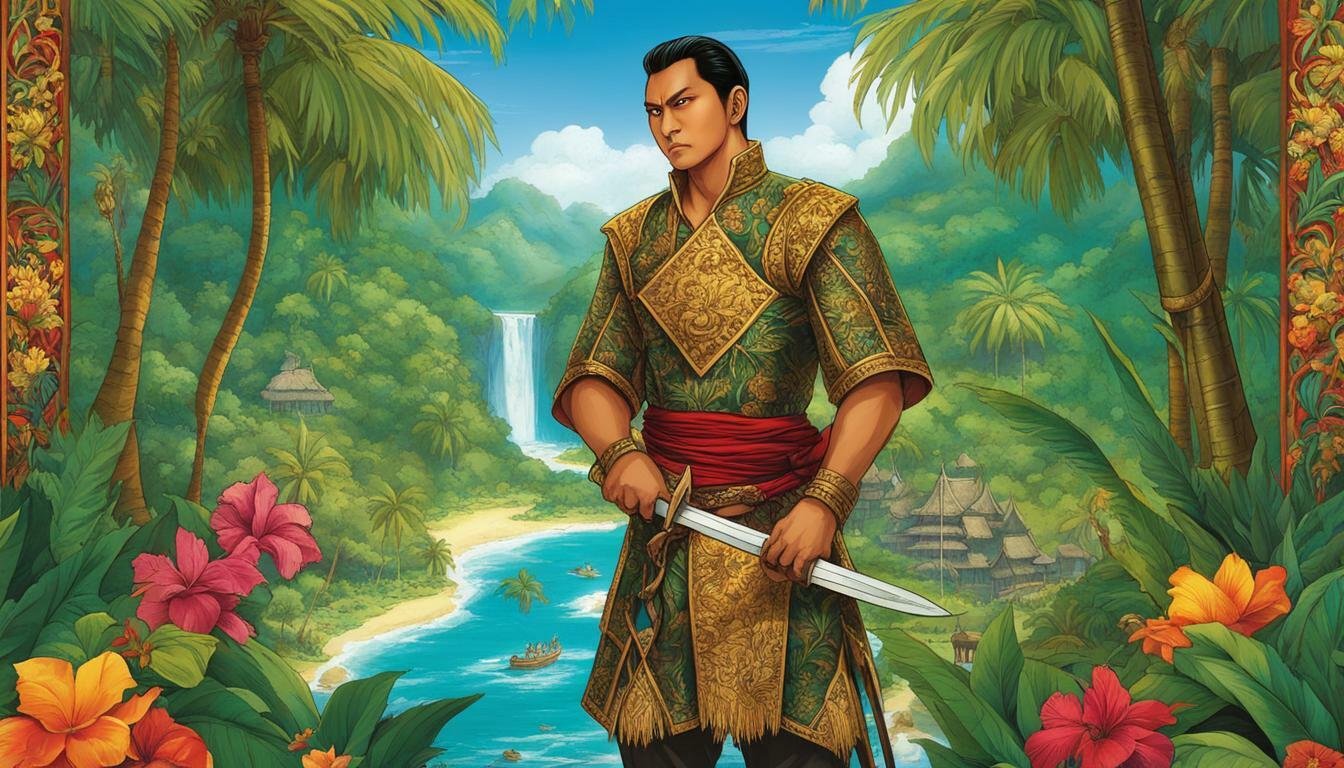The archipelago nation of the Philippines is a tapestry of diverse cultures, each woven with its unique history, traditions, and languages. Among the many fascinating threads in this fabric are the Suludnon people, an indigenous group residing in the mountainous interiors of Panay island, specifically within the provinces of Iloilo, Capiz, and Antique in the…
Tribes, Wars, & Philippine Society
The narrative of Philippine Society is intrinsically linked to the stories of its diverse tribes and the numerous wars and conflicts that have scarred its landscape and shaped its identity over centuries. From the intricate social structures of pre-colonial Indigenous peoples of the Philippines to the prolonged struggles against foreign invaders and the internal strife…
Tamblot Uprising: A Brief History of the Bohol Rebellion
The annals of Philippine history are replete with tales of resistance against colonial powers, moments when the spirit of the archipelago’s diverse peoples flared up against foreign domination. Among the earliest and most significant of these localized uprisings against Spanish colonial rule was the Tamblot Uprising, a fervent Bohol Rebellion that erupted in 1621 on…
Save Sierra Madre Network Alliance (SSMNA)
The Sierra Madre, the Philippines’ longest mountain range, stands as a formidable natural shield against the typhoons sweeping in from the Pacific, while also serving as a vital source of water, biodiversity, and cultural heritage for millions. Yet, for decades, this ecological treasure has faced relentless threats from human activities – from aggressive logging and…
Sarangani Language of the Philippines
The southernmost tip of Mindanao cradles Sarangani Province, a region renowned for its stunning coastlines, mountainous interiors, and perhaps most importantly, its profound linguistic diversity Philippines. Far from being a monolithic linguistic landscape, Sarangani is a mosaic of tongues, each carrying centuries of history, cultural heritage, and identity. Understanding the Sarangani Language of the Philippines,…
Old Kiyyangan Village: An Archaeological Site in the Province of Ifugao.
The mist-shrouded mountains of the Cordillera Administrative Region in the northern Philippines hold not only breathtaking landscapes carved into the earth by human hands but also deep secrets of the past. Among these treasures is Old Kiyyangan Village, a pivotal archaeological site located within the Province of Ifugao. This site is far more than just…
Sama-Bajau Language of the Philippines
The Sama-Bajau people, often referred to as “Sea Nomads,” possess a rich cultural heritage intricately linked to the oceans they inhabit. Central to this identity is the Sama-Bajau language, a complex and diverse linguistic family spoken by various subgroups across the Sulu Archipelago, the coastal areas of Mindanao, Zamboanga, and extending into parts of Malaysia…
Exploring Philippine Trade with the Sa Huynh Culture: A Deep Dive
Long before the arrival of Ferdinand Magellan in 1521 and the subsequent Spanish Colonization under Miguel López de Legazpi, the islands that would eventually form the Philippines were far from isolated. They were vibrant participants in extensive Ancient Trade Routes that crisscrossed Southeast Asia and beyond. These maritime connections facilitated not just the exchange of…
The Philippine-American War: Forgotten Struggles, Enduring Impact
The late 19th century marked a period of seismic shifts in global power dynamics, none more impactful for the Philippines than the transition from over three centuries of Spanish colonial rule to an unexpected and brutal conflict with a new rising power: the United States. Often overshadowed by the brevity of the Spanish-American War that…
Rajah Tupas of Cebu
The narrative of the Spanish colonization of the Philippines is often framed by the arrival of Ferdinand Magellan in 1521 and Miguel López de Legazpi in 1565. At the heart of the initial interactions and subsequent subjugation of the Visayas region, particularly Cebu, stands a figure whose decisions profoundly impacted the course of early Philippine…

